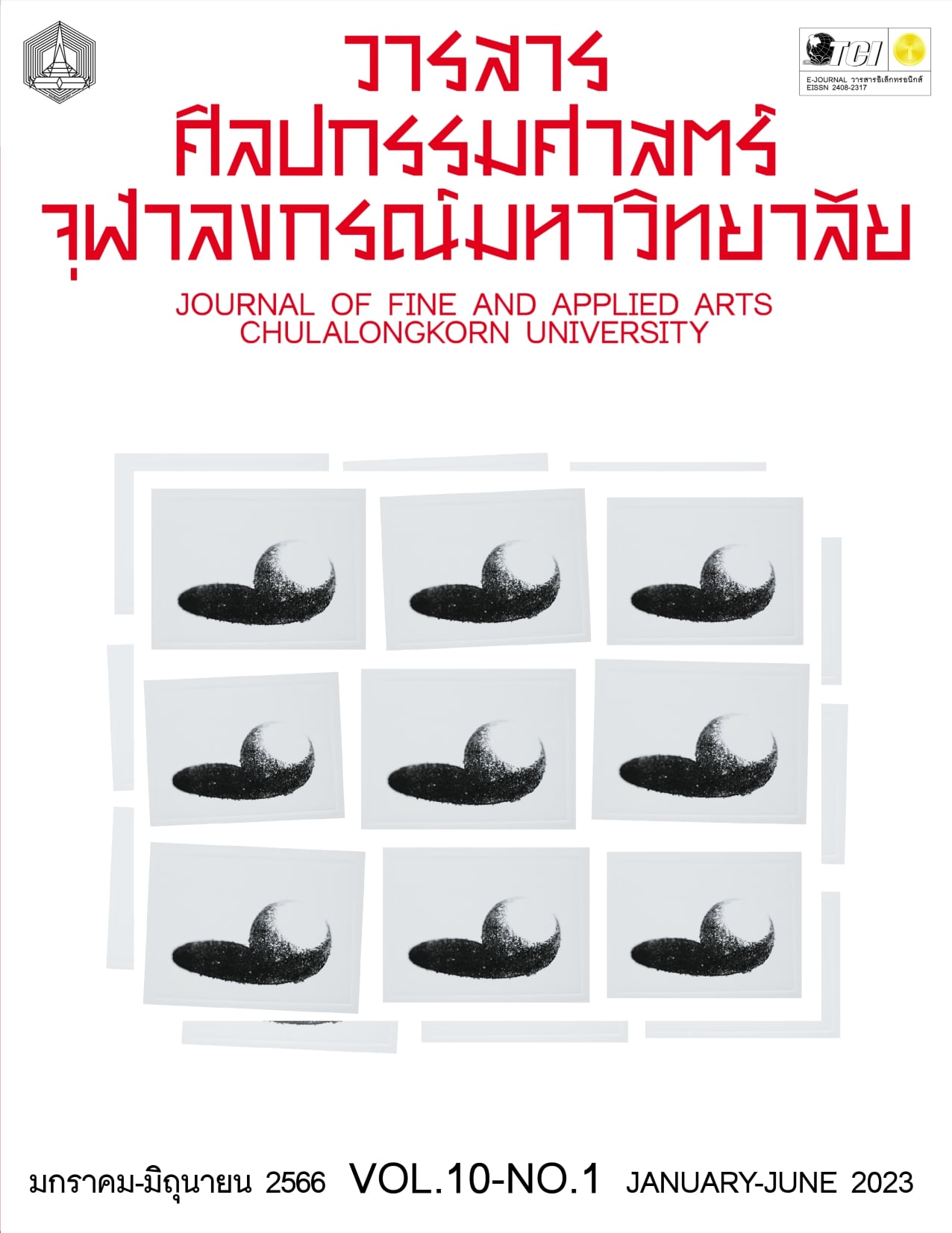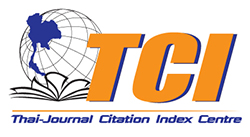CREATIVE MUSICAL ART FOR WHITE SOCIETY
Keywords:
Music, Family, Society, Violence, Relaxation, UpliftingAbstract
The “Creative Musical Art for White Society” project which comprises 5 projects namely “Music and Meditation,” “Music and Love,” “Music and Harmony,” “Music and Encouragement,” and “Music and Technology," has produced 50 musical compositions in various styles including instrumental music, vocal music and computerized music. The purpose of the project is to utilize music as a tool to create an awareness on and help prevent violence in the family and in society. The compositions are accessible and soothing to the ear in order to promote mental well-being of families to create a strong sustainable impact for a better society amidst globalization. The target audiences are children and their parents or guardians, all of whom play a significant role in laying the foundation for long-lasting national development.
The research finds that the musical compositions of the project are appropriate. The combination of the lyrics, musical elements and contemporary technology can effectively soothe, de-stress, boost morale and build solidarity. Results of the “Creative Musical Art for White Society” project will be publicly available in Thailand and the target audiences are youth and their families. It is hoped that the study creates positive impact on communities and society, reflects Thailand’s contemporary issues, which are rooted in domestic violence, develops social responsibility, creates solidarity, and build morale for a strong society. The research team hopes that the research program can be further developed to create music appropriate for today’s society and held as an example by future musicians and music producers in creating socially conscious music which promotes philanthropy and contributes to greater dynamism in society.
References
Clarke, Erik. Music and Mind in Everyday Life. Oxford: Oxford University Press, 2010.
Daengsuwan, Karuna. “Social Harmony Promotion: Role of Professional Nurse in The Deep South Border Provinces.” Princess of Naradhiwas University Journal 2, no. 1 (January-April 2010): 14-23.
กรุณา แดงสุวรรณ. “การเสริมสร้างความสมานฉันท์ในสังคม : บทบาทของพยาบาลวิชาชีพในจังหวัดชายแดนภาคใต้.” วารสารมหาวิทยาลัยนราธิวาสราชนครินทร์ ปีที่ 2, ฉบับที่ 1 (มกราคม-เมษายน 2553): 14-23.
Faculty of Medicine Siriraj Hospital. “Music for Health (Part 1).” Siriraj online. https://www.si.mahidol.ac.th/Siriraj_online/thai_version/Health_detail.asp?id=119.
คณะแพทยศาสตร์ศิริราชพยาบาล. “ดนตรีเพื่อสุขภาพ (ตอนที่ 1).” Siriraj online. https://www.si.mahidol.ac.th/Siriraj_online/thai_version/Health_detail.asp?id=119.
Google Arts & Culture. “ความรัก.” https://artsandculture.google.com/entity/m048knlz?hl=th.
Hanser, B. Suzanne and Susan E. Mandel. Manage Your Stress and Pain through Music. Boston: Berklee Press, 2010.
Laowanich, Mansikan. Raising children with music. Bangkok: Chulalongkorn University Press, 2018.
มนสิการ เหล่าวานิช. เลี้ยงลูกด้วยเสียงดนตรี. กรุงเทพฯ : โรงพิมพ์แห่งจุฬาลงกรณ์มหาวิทยาลัย, 2561.
Margulis, Hellmuth Elizabeth. Repeat: How Music Plays the Mind. New York: Oxford University Press, 2014.
North, Adrian, Mark Tarrant, and J. David Hargreaves. “The Effects of Music on Helping Behavior.” Environment and Behavior 36, no. 2 (March 2004): 266–275.
Prior, Nick. Popular Music Digital Technology and Society. London: SAGE Publishing, 2018.
Sathaanan, Chaiwat. Violence hiden/found in Thai society. Bangkok: Matichon, 2010.
ชัยวัฒน์ สถาอานันท์. ความรุนแรงซ่อน/หาสังคมไทย. กรุงเทพมหานคร : มติชน, 2553.
Siriratrekha, Taweesak and Chutiwan Kaewsai. Music Therapy, opening ceremony document for Music Therapy Center. Bangkok: Rajanukul Institute, 2004.
ทวีศักดิ์ สิริรัตน์เรขา และ ชุติวรรณ แก้วไสย. ดนตรีบำบัด (Music Therapy) เอกสารพิธีเปิดศูนย์ดนตรีบำบัด. กรุงเทพฯ : สถาบันราชานุกูล, 2547.
Small, Christopher. Music, Society, Education (Music/Culture). New Hampshire: Wesleyan University Press, 1980.
Storr, Anthony. Music and the Mind. NY: Ballentine Books, 1993.
Sucaromana, Ashara. “Resilience Quotient: RQ.” Journal of MCU Peace Studies 4, no. 1 (January-June 2016): 209-220.
อัจฉรา สุขารมณ์. “การฟื้นฟูพลังใจในภาวะวิกฤต.” วารสารสันติศึกษาปริทรรศน์ มจร ปีที่ 4, ฉบับที่ 1 (มกราคม-มิถุนายน 2559): 209-220.
Trainor, Laurel J. and Louis A. Schmidt. “Processing Emotions Induced by Music.” In The Cognitive Neuroscience of Music, 310-324, Oxford: Oxford University Press, 2003.
Trakanwijit, Wiroj and Suphat Sikhachat. Adjust the Mind, Heal the Body: Mind-Body Medicine. Bangkok: SOOK Publishing, 2019.
วิโรจน์ ตระการวิจิตร และ สุภัฏ สิขชาติ. ปรับใจ เยียวยากาย: Mind-Body Medicine. กรุงเทพฯ : SOOK Publishing, 2562.
Waenpetch, Wichai et al. Technology and development. Documentation of teaching technology and development. Bangkok: Phranakhon Rajabhat University, 2014.
วิชัย แหวนเพชร และคณะ. เทคโนโลยีกับการพัฒนา เอกสารประกอบการสอนวิชาเทคโนโลยีกับการพัฒนา. กรุงเทพฯ : มหาวิทยาลัยราชภัฏพระนคร, 2557.
Wongsawat, Pramote. Experimental Research Patterns: Applications in Research for Health Behavior Development. Bangkok: Chulalongkorn University Press, 2018.
ปราโมทย์ วงศ์สวัสดิ์. แบบแผนการวิจัยเชิงทดลอง: การประยุกต์ใช้ในงานวิจัยเพื่อพัฒนาพฤติกรรมสุขภาพ. กรุงเทพฯ : สำนักพิมพ์จุฬาลงกรณ์มหาวิทยาลัย, 2561.
Downloads
Published
Issue
Section
License
Copyright (c) 2023 SASI PONGSARAYUTH, RAMASOON SITALAYAN, YOS VANEESORN, KITTINANT CHINSAMRAN, DANUCHATE WISAIJORN

This work is licensed under a Creative Commons Attribution-NonCommercial-NoDerivatives 4.0 International License.
ลิขสิทธิ์ของบทความเป็นของเจ้าของบทความ บทความที่ได้รับการตีพิมพ์ถือเป็นทัศนะของผู้เขียน
กองบรรณาธิการไม่จำเป็นต้องเห็นด้วยและไม่รับผิดชอบต่อบทความนั้น






